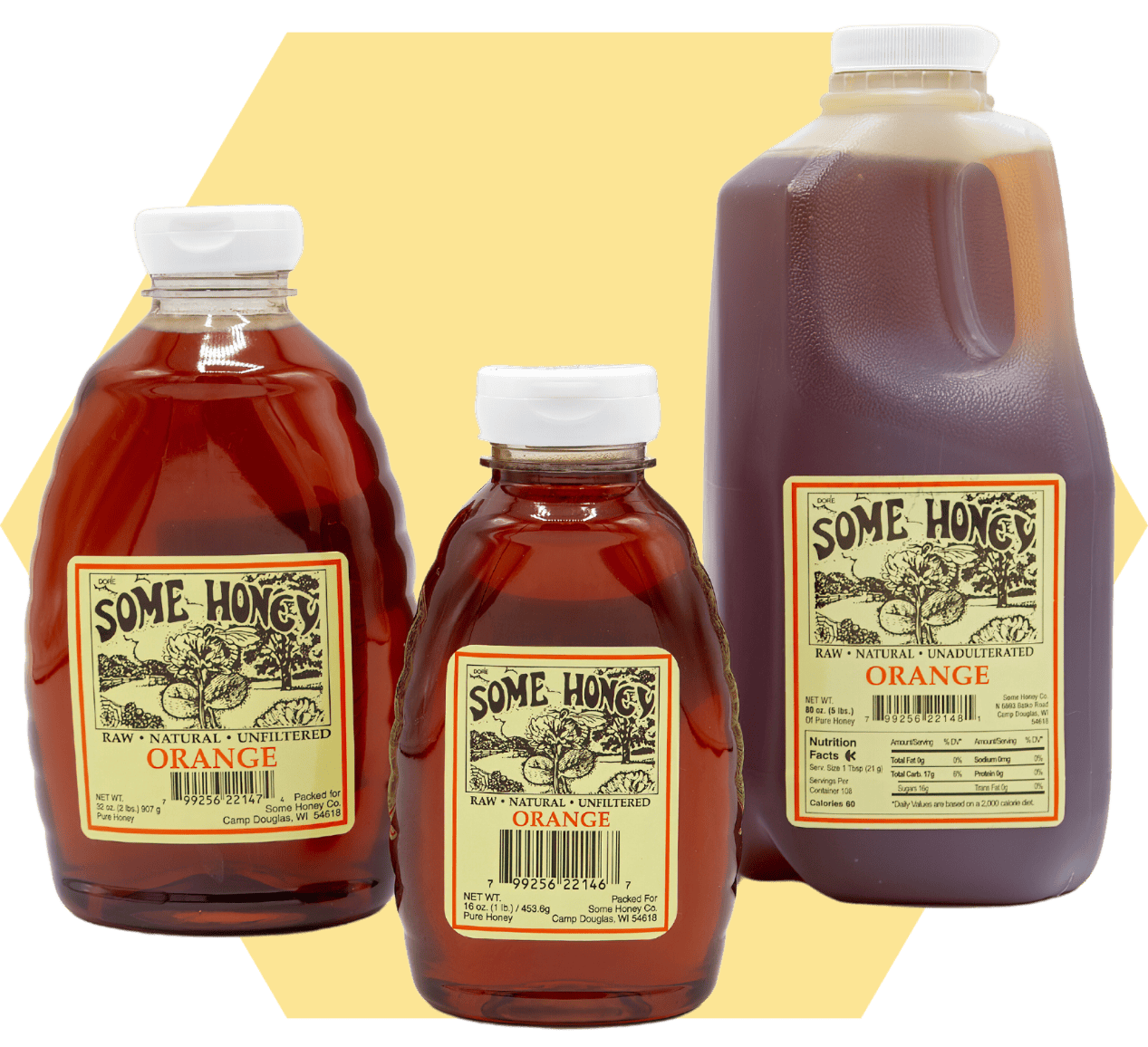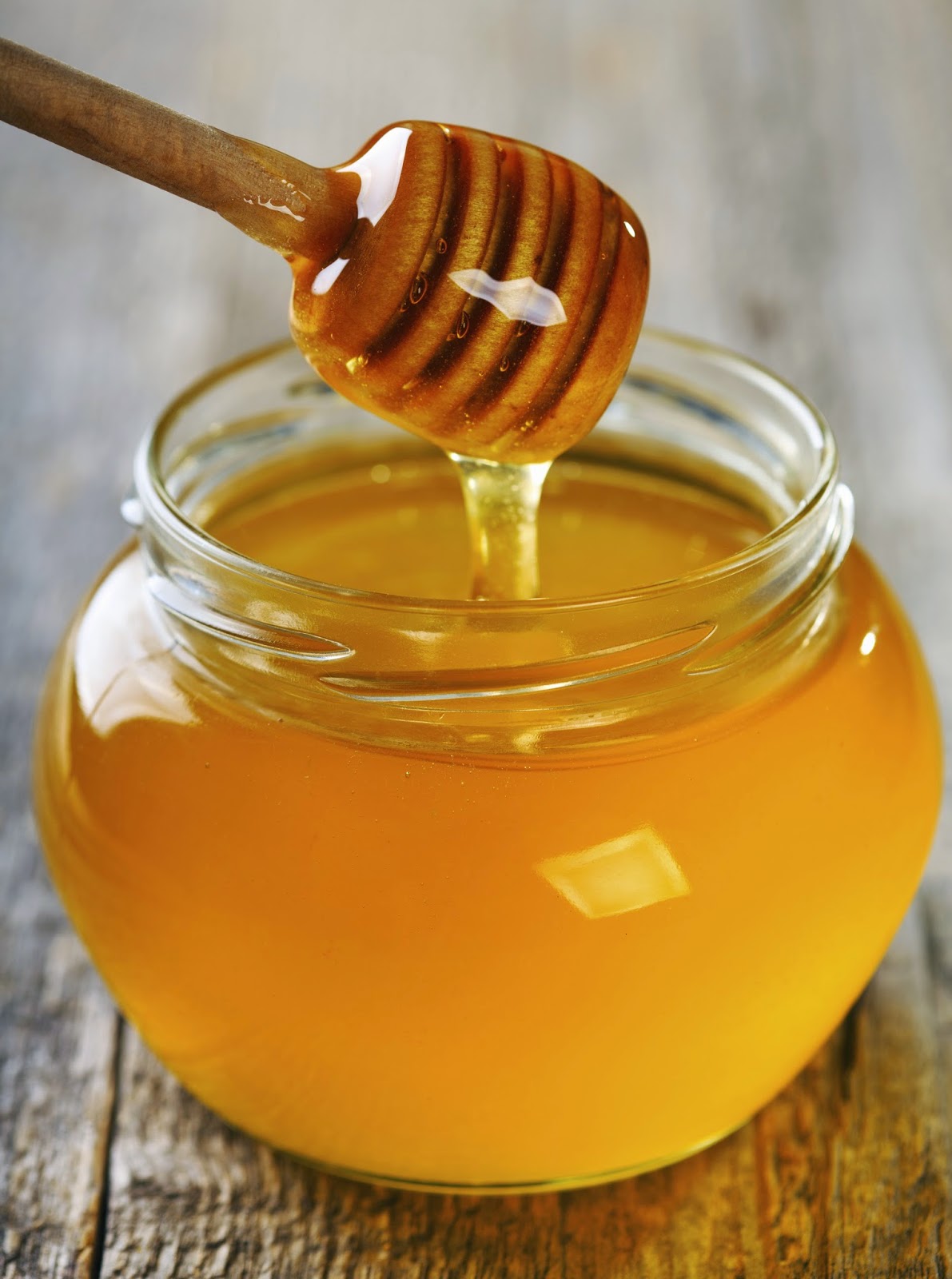The Sweet Mystery Of "Some": Unpacking A Common English Word
Ever wondered about the subtle power of "some" in our daily conversations? It's a word we use constantly, often without a second thought, yet it holds a fascinating complexity, especially when we talk about things like "some honey" or "some water." Its unassuming presence belies its critical role in conveying indefinite quantities, partial selections, and even certain unspecified entities. From a simple request for a spoonful of sweetness to a broader statement about a group, "some" is a linguistic workhorse that deserves a closer look.
This article delves into the multifaceted nature of "some," exploring its various meanings, grammatical rules, and practical applications. We'll uncover how this seemingly simple word shapes our communication, from specifying indefinite quantities to highlighting a part of a whole. By understanding its nuances, you'll gain a deeper appreciation for the precision and flexibility of the English language, enhancing your ability to express yourself clearly and effectively in a myriad of contexts.
Table of Contents
- Understanding the Essence of "Some": An Indefinite Quantity
- "Some" in Affirmative Sentences: The Golden Rule
- Beyond Quantity: "Some" as a Part of a Whole
- The Versatility of "Some": From Adjective to Pronoun
- "Some" as an Adverb: Adding a Twist to Meaning
- Homophones and Nuances: "Some" vs. "Sum"
- "Some" in Everyday Language: Practical Applications
- The Subtle Art of Specificity: When "Some" Isn't Enough
Understanding the Essence of "Some": An Indefinite Quantity
At its core, the word "some" serves as a crucial linguistic tool for referring to an unknown, undetermined, or unspecified unit or thing. It's the go-to word when the exact amount or number isn't important, isn't known, or simply isn't being stated. Think about it: when you ask for "some honey," you're not typically asking for a precise measurement like a teaspoon or a cup. You're asking for an unspecified, yet understood, quantity that will suffice for your immediate need. This fundamental meaning allows for flexibility and ease in communication, avoiding the need for exact figures where they are unnecessary.
We primarily use "some" before nouns to refer to these indefinite quantities. This applies to both countable nouns (when we mean an unspecified number, like "some friends") and uncountable nouns (when we mean an unspecified amount, like "some water" or, indeed, "some honey"). The beauty of "some" lies in its ability to convey this vagueness without losing meaning. It signals to the listener that the precise quantity is not the focus, allowing the conversation to flow without getting bogged down in details.
The Implication of Limitation: More Than Just 'Any Amount'
While "some" refers to an unspecified amount, it's important to note a subtle yet significant implication: using "some" often implies a limited quantity. It's not an infinite amount, nor is it necessarily a very large amount. When you say, "I have some money in my pocket," it suggests a certain, finite amount, even if you don't know the exact figure. It's distinct from saying "I have money," which could imply a vast fortune or simply an unspecified presence. This nuance adds a layer of meaning, suggesting a portion or a limited supply rather than an exhaustive or non-existent one. This subtle implication is key to understanding the full scope of "some" in everyday speech.
"Some" in Affirmative Sentences: The Golden Rule
One of the most fundamental rules governing the use of "some" in English is its strong preference for affirmative sentences. In simple terms, "some" is typically used in positive statements, where something exists or is present. For instance, if you're offering a treat, you might say, "Would you like some cake?" or if you're describing your pantry, "We have some rice left." This usage feels natural and is widely accepted in standard English grammar. It's about acknowledging the presence of an unspecified quantity of something.
This rule becomes particularly clear when we contrast "some" with its counterpart, "any." While "some" thrives in positive declarations, "any" steps in to fill the void in negative phrases or in most questions. This distinction is crucial for grammatical correctness and natural-sounding English. Consider the difference: "I want some milk" (affirmative) versus "I don't want any milk" (negative). The shift from "some" to "any" in the negative sentence is not arbitrary; it's a core aspect of English syntax that ensures clarity and proper expression. This consistent pattern helps speakers and learners navigate the complexities of quantifiers.
Navigating Negations and Questions: When 'Any' Takes Over
The interplay between "some" and "any" is a cornerstone of English grammar, particularly when forming negative statements or questions. As established, "some" generally resides in affirmative territory. However, when you negate a sentence or pose a question, "any" typically takes its place. For example, you wouldn't usually say, "I don't have some money." The correct and natural phrasing is "I don't have any money." Similarly, in questions, while "some" can be used in offers or requests ("Would you like some coffee?"), general inquiries usually employ "any": "Do you have any questions?" or "Is there any honey left?" This shift to "any" in interrogative and negative contexts is a consistent pattern, providing a clear and predictable structure for expressing absence or inquiry about existence.
Beyond Quantity: "Some" as a Part of a Whole
While "some" is widely recognized for denoting an unspecified quantity, its utility extends to referring to a portion of a larger group or a specific thing. This usage is critical for expressing partiality rather than totality. When we say "some of the people," we inherently understand that we are talking about a subset – a few individuals from a larger group, but certainly not every single person within that group. This distinction is vital for accurate communication, allowing us to be precise about the scope of our statements without needing to enumerate every single element.
Similarly, "some" is used to indicate a part of a particular thing, rather than the entire entity. Imagine a jar of "some honey." If you say, "I used some of the honey for my tea," it clearly communicates that you didn't empty the entire jar. You took a portion, leaving the rest. This application of "some" is incredibly common and efficient, enabling speakers to convey partial consumption, usage, or presence without resorting to cumbersome explanations. It's a linguistic shortcut that everyone understands, facilitating smooth and efficient dialogue about parts of a whole.
The Versatility of "Some":

About Some Honey | High-Quality Grade A Honey | Verona, WI

PURE RAW HONEY: BUY ORGANIC RAW HONEY ONLINE.
The Honey Hunt: Some Honey - Cranberry Honey